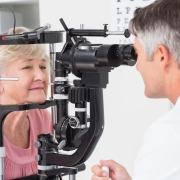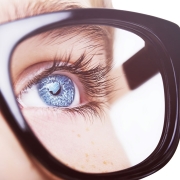COVID-Related Conjunctivitis: What You Should Know
If you’ve recently been diagnosed with or tested positive for COVID-19, and you’re experiencing red, itchy, and painful eyes, it’s possible you may have COVID-related conjunctivitis. A call to your eye doctor in Champaign, IL, may provide answers.
What Is Conjunctivitis?
Conjunctivitis is an inflammation in the conjunctiva of the eye. It’s contagious, so once you have it, you should refrain from touching your face as much as possible. You should also wash your hands frequently in the event you rubbed your eyes without realizing it. This will help prevent other people in your household from catching the infection.
How Does Conjunctivitus Affect the Eyes?
Your conjunctiva is the delicate, clear tissue that covers and protects the whites of your eyes and the insides of your eyelids. Its purpose is to protect your eye from dust and dirt and to keep the front of your eye and the back of your eyelid moist and lubricated. When your conjunctiva becomes inflamed due to a viral infection, your doctor may diagnose pink eye. Pink eye is a common form of conjunctivitis, and it causes the blood vessels in the eye to swell, turning the whites of your eyes pink. This condition is rarely severe and usually clears up on its own within a few days, but it can cause painful itching and sensitivity to light while it lasts.
What Should I Do About COVID-Related Conjunctivitis?
Applying a damp compress to the affected eye may help relieve irritation from conjunctivitis. You should also contact your medical doctor if you think your condition may be related to COVID-19. Your eye doctor may also want to perform a comprehensive eye exam in Champaign, IL, to rule out more serious issues. Call Champaign Eye Professionals to schedule an appointment today.





